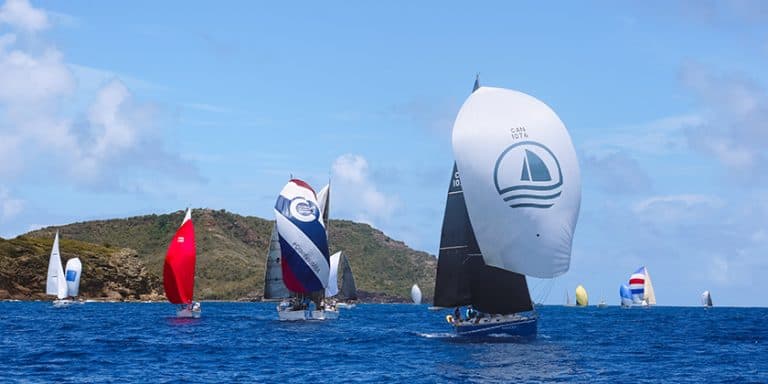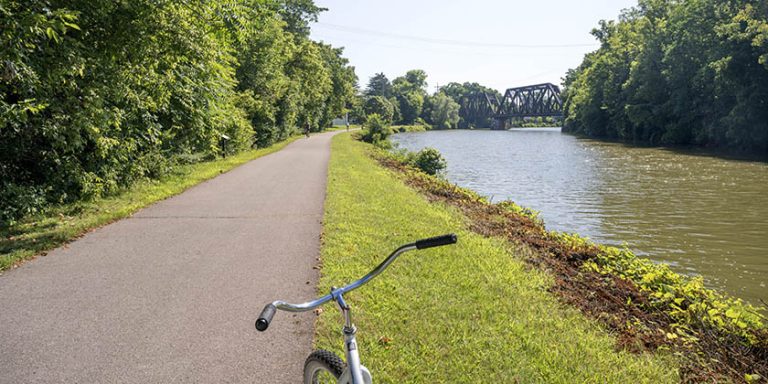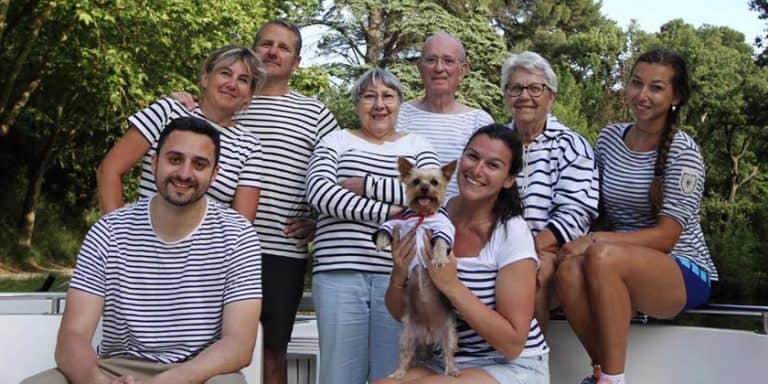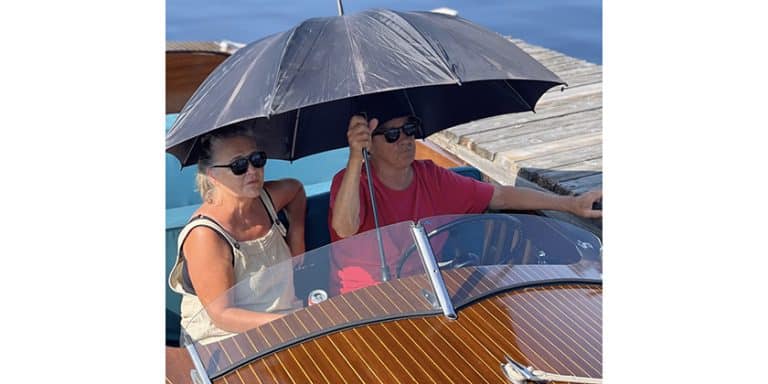Thar She Blows!
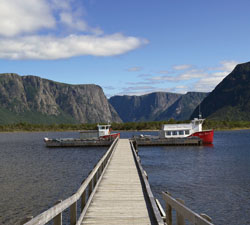
Don’t call me Ishmael.
No apocryphal white whale for me, no leaking longboat bristling with harpoons.
Our vessel is more seaworthy, our crew and passenger manifest less motley. We will not kill the great leviathans that pierce the skin of the sea, we will merely share their playground.
We will also share the lives of the people of the sea on Canada’s great island, skimming over waters once plied by Basque and Portuguese fishermen, past shores explored a thousand years ago by Vikings, past shores settled for hundreds of years by French and Devonshire fisher folk and Irish lured here by dreams of a better life.
We will cavort with whales off the coast of Newfoundland’s St. Anthony.
No blood lust here, just a quest for the greatest show on earth.
So don’t call me Ishmael.
Then again, if events transpire as I hope that they shall, I will soon be shouting out a clarion call that earns me a place in the annals of nautical tradition, in the process ticking off an item near the top of my own “bucket list.”
“Thar she blows!”
For days now I have been waiting to voice those words.
My own boat on Lake Ontario is lonely, but I could not resist the siren call of this monolithic island, couldn’t invest the time it would take to sail here, wasn’t sufficiently seaworthy even if I had the time.
I understood the appeal that lured seventy-five boats here on the 1997 Flotilla to celebrate the 500th anniversary of Cabot’s voyage, seduced another fleet in 2000 for the millennial celebration of the Viking landing here.
So I compromised. And I wasn’t sorry.
First cue came five days ago at the end of rugged Port-au-Port Peninsula at Cape St. George, down a dusty, rocky path called “my grandfather’s trail.”
A rust-coloured cliff juts over the seas, pounded by waves stirred up by the prevailing westerlies, rising five hundred metres from the sea.
It might be the most beautiful place in the entire world as long as you don’t include stretches of the island’s south coast, or Gros Morne, or the Codroy Valley or…
A sign here proclaims the place that locals call “the end of the world” as one of Newfoundland’s best land-based, whale-watching locations. Minke, twenty-five-metre fin whales, humpbacks, bottle nose dolphins.
So I find a bench and watch. I’m not optimistic – I can’t find my glasses when I’m wearing them.
Then I see a puff of mist above the water. Something black, roiling and turning. The hackles on the back of my neck stand up. I feel humbled and exhilarated at the same time.
Then another, breaching, tail fin clearly visible. Then another. A middle-aged woman has come to stand beside me and I point. She stands, transfixed.
“My God,” she says in an awed whisper.
But we are land-locked observers still, not yet part of their world.
That doesn’t happen until the last day of our voyage of discovery.
The Great Northern Peninsula juts, like a gigantic thumb, between Labrador and the North Atlantic. Next landfall northeast is Greenland.
The land peters out here, barren and rocky. Stunted wind-crippled trees are an afterthought. Not far from here, the Vikings made landfall, setting up a temporary village at L’Anse au Meadows, the oldest European habitation on the continent.
Just southeast is a perfect harbour, long and deep.
And a fifty-foot periwinkle-blue-painted steel-hulled boat named “Gannet III”, flagship of Northland Discovery Boat Tours.
I check the marine forecast that morning and now I’m nervous. Winds are steady at thirty, gusting to thirty-five. We have a very short window. If we don’t make this tour we won’t be doing it at all. Our plane for home takes off at six that night.
“We don’t know yet,” says the girl in the ticket booth.
But the winds, strong as they are, are coming from the right direction. They must pass over the peninsula, side-tracked by the great bluff overlooking the town. It will be rolly but the shore today, instead of being in our lee, will protect us. And so we cast off.
The waters riffle like the icing on a birthday cake. Commercial fishing boats line the docks – high prows, solid hulls: “Hare Bay Foam” and “Joyful Sound.” Furled rolls of green nets dangle overhead in their cockpits. One boat, painted black with golden trim, reminds you of one of those privately-owned Mack truck cabs you see on the highway.
Houses cling to granite hills, facing the sea. They are helter-skelter, painted whimsical colours. Like their inhabitants, they refuse to succumb to the elements.
Three days ago, an interpretive guide at Gros Morne took us on a hike through a surreal landscape known as the Tablelands. He pointed to a pitcher plant. “Some of the earth’s most inhospitable land,” he says. “But that plant thrives. It’s the perfect metaphor for Newfoundlanders.” As we make our way seaward I understand his sentiment – I almost feel like a Newfie myself.
We pass great granite boulders tossed upon the shore, past a wooden lighthouse that looks forlorn perched atop a jumble of rocks and driftwood, dwarfed by a huge granite face that looks down in disapproval, scarred and etched and wrinkled like the visage of a very old man, like the fisherman we saw days before repairing nets at Trout River.
And now the engine growls, the waves grow. “Gannet III” pitches and yaws while I struggle with a feeling of nausea. This is no sailing sloop; these are not the waters of Lake Ontario.
The loudspeaker crackles, bursts into the lilting refrain of “I’s the B’y” – accordion and foot-stomping and fiddle – segues into a series of jigs. The nausea flees.
Paul Alcock, the guide in this father-and-son team, pushes the button on a microphone. His father, Lewis, points the boat toward a gentle sea fog that softens the horizon line like an impressionist painting.
“Chop today,” says Paul, “but no big swells.”
He looks skyward momentarily. Mackerel sky to the west but clearing overhead. “Should be a good day for sightings.”
Paul is trained in biology. Now he begins the lesson. “This is probably the best spot in Newfoundland for whale-watching. Seventeen species found here – right whales, great, humpback, bowfin, minke.”
He stops, scans the waters. Slate gray, a soft burnished sheen.
“We have a 98% success”. He stops and points off the starboard beam.
A white mist rises above the water like the smoke from a campfire on a calm night thirty metres from the boat.
“There,” he says, his voice suddenly urgent.
We all rush to the starboard side. The mist dissipates. We see a splash of white water, sudsy foam. A V-shaped trail – a wake.
And then the whale.
Black and velvet leather, curved and graceful but powerful too. Its back arcs in the water, dorsal fin floppy. It looks like a shark fin, but softer. Kinder and gentler.
And then it is gone.
Disappointment floods my chest. But the engine throbs and the boat courses forward.
Someone else yells and points and another one appears, offering a better view, its great fluked tail strong as the biceps of a weightlifter breaking the surface, pointing upward, dropping back into the water and rising up again, so close you feel like you can actually see the hairs on the pelt.
The tail reappears, dripping water from each fluke, and he, too, is gone.
“I was going to give you instructions,” Paul says laughing, “about what to do if you spot one. But you don’t need any. It’s a good day for whale-watching.”
Now we’re all up at the bow. Another shout. “Three-o-clock! Whale at three-o-clock.”
I shake my head in dismay. I’ve been waiting for days to shout it out – “thar she blows” – but I am bad at spotting them.
Now the sea boils like a giant cauldron. Two whales, breaching and diving. A column of mist off the port bow. Two more dead astern and then we hold our collective breaths as a great black shadow passes directly under the boat and comes up for a breath then plummets beneath now sun-glittered waters.
Paul points at a congregation of sea birds between us and the shore. His father, at the helm, psychically picks up on Paul’s gesture, advances the throttle, and turns the wheel. The boat plows through bow waves, pointing toward the shore. She is a solid vessel. Fifty-feet.
Our skipper is a traditional Newfie. Doesn’t say much until you get him talking about the boat.
“She’s out of Bay Bulls,” says Lewis Alcock. “Hull built in Nova Scotia. Sixteen feet in the beam, draft of six feet. She’ll cruise at eight knots. Had her out twenty-five nautical miles from land,” he says, patting the dashboard. “And she takes it.”
The sea birds, meanwhile, jostle and mingle like a theatre crowd at intermission.
“See them congregate like this and you usually see dolphins,” says Paul.
He’s right. They arc out of the water. Smooth and sleek, they race beside us, breaking the surface with exuberant splashes. Lethal as torpedoes but happy as kids in a playground.
Then the boat turns off, plowing over to a headland north of the harbour at St. Anthony, just off the bight.
“Humpbacks over here,” says Paul. “One likes to feed there.” He points at limestone rock formations reaching out to sea, clawing upward. Jagged, razor-sharp. Beautiful and deadly as a legionnaire’s sword.
We’re uncomfortably close to the rocks and even with the wind from the other direction the sea assaults the shore, sending white spray twenty-feet high, thundering so loud you hear it in the pit of your stomach.
As one soul, we scan the waters while Paul continues the biology lesson.
“Humpbacks come here for the summer. Can be twelve thousand here. They eat three hundred pounds a day – build up blubber. Then they head down to the Caribbean to give birth. Don’t eat there at all.”
There is a sudden splash – different tone and timbre than the surf. A sort of bottle-green colour transforms in a flash to the hues of a swimming pool in July. It is the belly of the whale, who rolls over, once, twice, as if to show off. And then he disappears.
We chase him for a while but he is gone. And it’s time to make our way back to harbour.
We are a strangely silent, pensive group as the boat changes course. I myself reflect on this morning’s adventure, on adventures we’ve experienced here on The Rock.
I remember another boat ride only three days ago, though it was a million memories of scenery, a million vistas of pure unspeakable beauty ago. Case in point is a float plan that takes us up a gargantuan gorge in Gros Morne National Park that was far and above the most breath-taking boat trip I had ever taken. Karate-chop-to-the-throat kind of beauty.
Welcome to the New-Found-Land.
Back on the dock a middle-aged woman touches Paul’s arm. “Thank you for that,” she murmurs. “That was special.”
Cape Bretoner Sandra Basque-Johnson grins at Lewis and says, “this was a dream for me. That was magic.”
I share those feelings. Good as love, painful as unrequited love. Soul-cleansing. A sense, being out there on the water in the playground of the whales, of being privy to creation itself.
Now Lewis interrupts the reprise of my reverie, speaking his first words in more than an hour. He nods and he winks and his comment is quintessential Newfie – humour and self-deprecation rolled into one.
“I thinks you had yourself a whale of a time,” he says.
My answer is on the tip of my tongue.
“Thar she blows,” I say. “Thar she blows.”
FLOAT PLAN
For more information on ports-of-call and attractions in the New-Found-Land, check out www.newfoundlandlabrador.com
To book your own St. Anthony whale-watching voyage, go to www.discovernorthland.com .
By Mark Stevens Photographs by Sharon Matthews-Stevens

